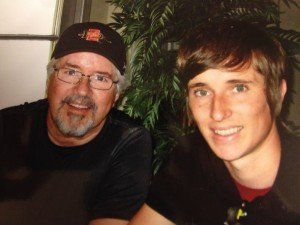Left Behind
In the article tiled MMDU: Left Behind written by Sean Morris, he talks about his frustration with the MOOC talks regarding the future of higher education. His frustration is that he, along with others, seem to be left out of the conversation because of his level of education. Just as we have discussed earlier in the semester, having a higher perceived literacy by means of a degree title appear to dictate ones status in life as well as one’s appropriateness to speak about the future of higher education. He goes on to state that just as we have seen, different means of literacy practices can potentially pave the way for conversations that will lead to the reshaping of our education system, literary outlets such as Twitter and simple face-to-face conversations and not just from MOOC discussions. People such as Morris feel as if they don’t have the same right in discussing such matters because the degree that he has earned is in some way sub-par to those in the MOOC meetings and therefore is not really heard during these talks or is intimidated to speak up. It is interesting to see that even educations of such caliber described by Morris exclude those who they perceive as lee-literate as they discuss how to reform education.
http://www.hybridpedagogy.com/page-two/mmdu-left-behind/?utm_source=feedburner&utm_medium=feed&utm_campaign=Feed%3A+HybridPed+%28Hybrid+Pedagogy%3A+A+Digital+Journal+of+Teaching+%26+Technology%29



 Website:
Website: